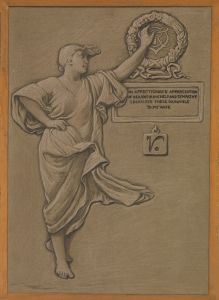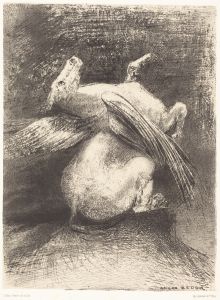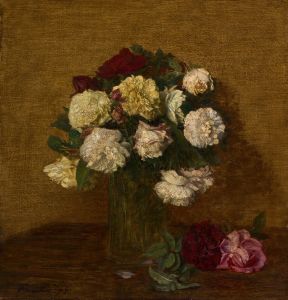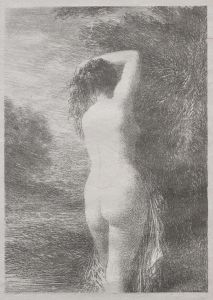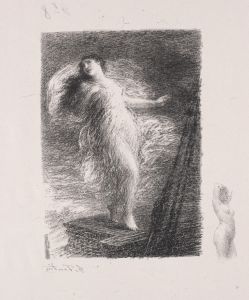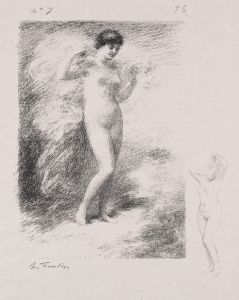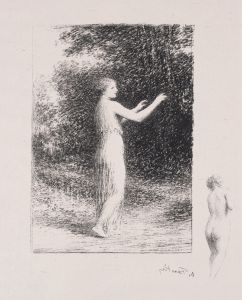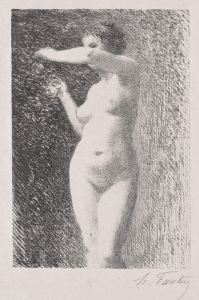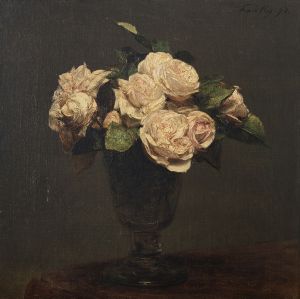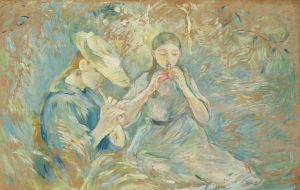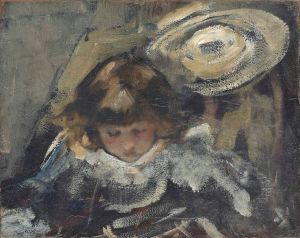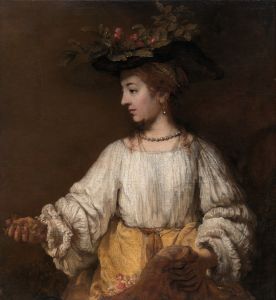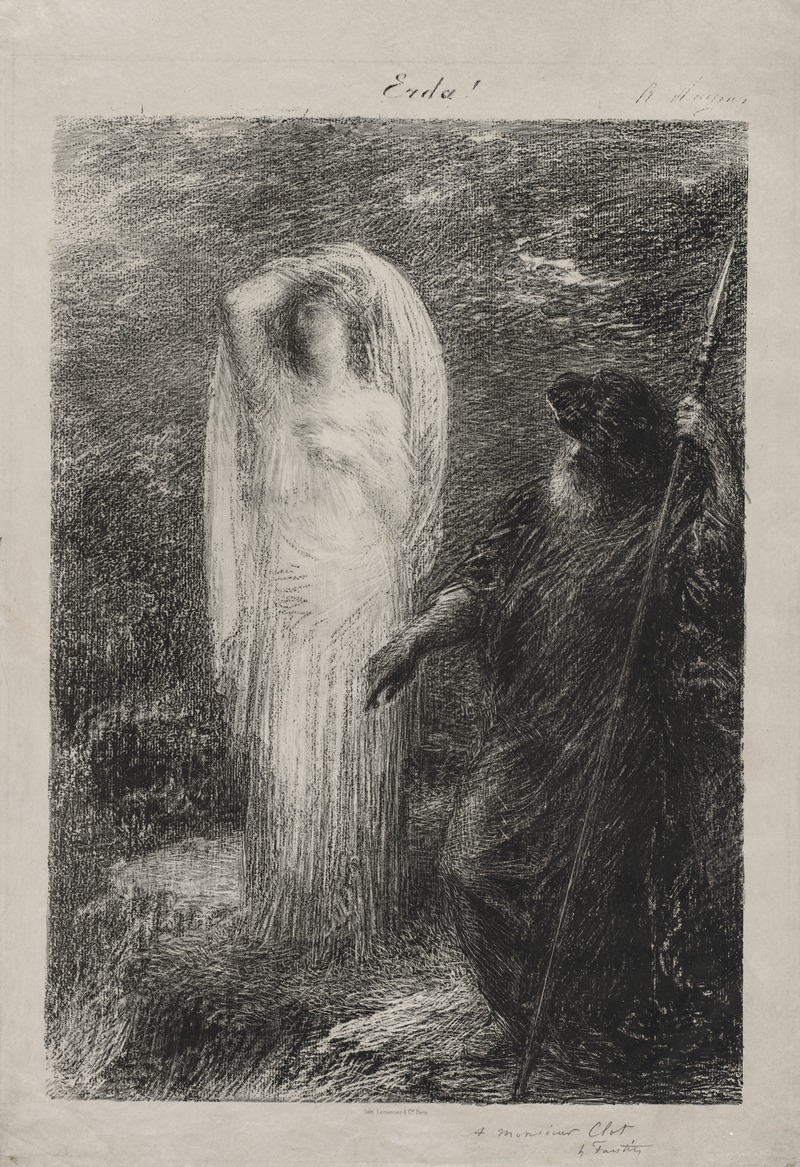
L’Evocation d’Erda
A hand-painted replica of Henri Fantin-Latour’s masterpiece L’Evocation d’Erda, meticulously crafted by professional artists to capture the true essence of the original. Each piece is created with museum-quality canvas and rare mineral pigments, carefully painted by experienced artists with delicate brushstrokes and rich, layered colors to perfectly recreate the texture of the original artwork. Unlike machine-printed reproductions, this hand-painted version brings the painting to life, infused with the artist’s emotions and skill in every stroke. Whether for personal collection or home decoration, it instantly elevates the artistic atmosphere of any space.
Henri Fantin-Latour's painting "L’Evocation d’Erda" is an intriguing work that reflects the artist's fascination with mythological and operatic themes. Fantin-Latour, a French painter known for his still lifes and group portraits, often drew inspiration from music and literature, and this painting is no exception.
"L’Evocation d’Erda" was created in 1905, during a period when Fantin-Latour was deeply influenced by the music of Richard Wagner. Wagner's operas, with their rich narratives and complex characters, provided fertile ground for Fantin-Latour's imagination. The painting is inspired by the character Erda from Wagner's "Der Ring des Nibelungen," a cycle of four epic operas. Erda is a goddess of the earth and represents wisdom and foresight, appearing in the operas to warn the gods of impending doom.
In "L’Evocation d’Erda," Fantin-Latour captures the mystical and ethereal presence of Erda. The painting is characterized by its dreamlike quality, achieved through soft, muted colors and delicate brushwork. Erda is depicted as an enigmatic figure, emerging from a shadowy background, which enhances the sense of mystery surrounding her. The use of light and shadow in the painting creates a dramatic contrast, drawing the viewer's attention to Erda's serene and contemplative expression.
Fantin-Latour's interest in Wagner's music was not only a personal passion but also part of a broader cultural movement in late 19th-century France, where Wagnerism had a significant influence on artists and intellectuals. This painting is a testament to Fantin-Latour's ability to translate musical and literary themes into visual art, capturing the essence of Wagner's operatic world.
The painting is also notable for its composition and technique. Fantin-Latour employs a harmonious blend of colors and a fluid, almost impressionistic style that conveys a sense of movement and emotion. The ethereal quality of the painting is enhanced by the artist's use of soft edges and a limited color palette, which imbues the work with a sense of timelessness and otherworldliness.
"L’Evocation d’Erda" is part of a series of works by Fantin-Latour that explore themes from Wagner's operas. These paintings reflect the artist's deep engagement with music and his desire to capture the emotional and narrative depth of Wagner's compositions. Fantin-Latour's ability to evoke the spirit of Wagner's music through his art is a testament to his skill as a painter and his sensitivity as an interpreter of cultural and artistic themes.
Today, "L’Evocation d’Erda" is appreciated not only for its artistic merit but also for its contribution to the dialogue between visual art and music. It stands as an example of how artists can draw inspiration from other art forms to create works that transcend their original medium, offering viewers a glimpse into the interconnectedness of different artistic expressions.





